Table of content
Babao Jingao, a beloved traditional Chinese dessert, is a steamed rice cake that embodies the essence of culinary craftsmanship and cultural symbolism. Often served during festivals, family gatherings, or celebratory occasions, this sweet treat is revered for its harmonious blend of textures, flavors, and vibrant colors. The name “Babao” translates to “eight treasures,” referring to the eight symbolic ingredients that represent prosperity, luck, and togetherness. Crafting this dish requires precision, patience, and an understanding of the delicate balance between its components. In this comprehensive guide, we will explore the intricate steps to master the art of making Babao Jingao, from selecting the finest ingredients to achieving the perfect steamed consistency.
The Cultural Significance of Babao Jingao
Before diving into the recipe, it is essential to appreciate the cultural roots of this dessert. Originating from northern China, Babao Jingao has been a staple of Lunar New Year feasts and weddings for centuries. Each ingredient carries symbolic meaning: red dates symbolize fertility, lotus seeds represent harmony, and dried longan fruits signify family unity. The number eight itself is considered auspicious in Chinese culture, as the word for “eight” (八, bā) sounds similar to the word for “prosper” (发, fā). By combining these elements, Babao Jingao becomes more than just a dish—it is a culinary embodiment of wishes for a bountiful and joyful life.
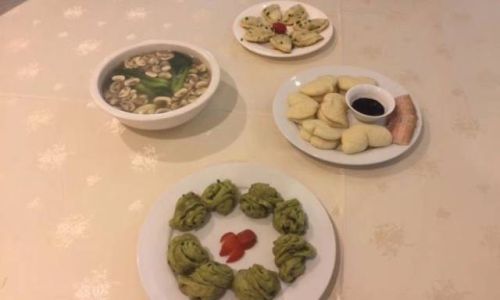
Ingredients: The Eight Treasures
The foundation of an exceptional Babao Jingao lies in the quality and preparation of its ingredients. While variations exist, the classic recipe calls for the following:
- Glutinous Rice (Sticky Rice): 500 grams (soaked overnight)
- Red Bean Paste: 200 grams (homemade or store-bought)
- Jujubes (Chinese Dried Dates): 10–12 pieces (pitted and halved)
- Dried Lotus Seeds: 50 grams (soaked until soft)
- Dried Longan Fruits: 30 grams
- Walnuts: 50 grams (lightly toasted and chopped)
- Almonds: 30 grams (blanched and sliced)
- Raisins: 30 grams
- Wolfberries (Goji Berries): 20 grams
- Rock Sugar: 50 grams (or to taste)
- Oil: 1 tablespoon (for greasing the mold)
Optional Ingredients for Customization:
- Candied orange peel
- Pumpkin seeds
- Dried cranberries
- Black sesame seeds
Step-by-Step Cooking Techniques
Preparing the Glutinous Rice
The star of Babao Jingao is the glutinous rice, which provides the dish’s signature soft, chewy texture. Proper preparation is critical:
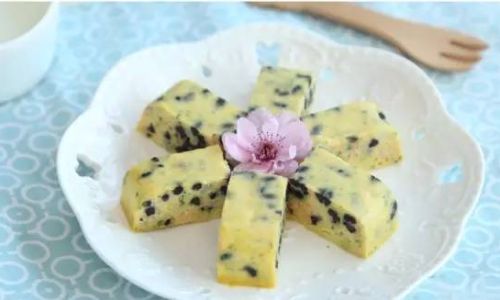
- Soaking: Rinse the rice thoroughly under cold water until the water runs clear. Soak it in a large bowl for at least 6–8 hours, or overnight. This ensures the grains absorb enough moisture to cook evenly.
- Draining: After soaking, drain the rice using a fine-mesh sieve. Allow it to air-dry for 15–20 minutes to remove excess water.
- Steaming the Rice: Place the rice in a steamer basket lined with cheesecloth or parchment paper to prevent sticking. Steam over medium-high heat for 20–25 minutes, or until the grains are translucent and tender. Fluff the rice gently with a fork halfway through steaming to ensure even cooking.
Sweetening the Rice
While the rice is still warm, toss it gently with rock sugar and a drizzle of vegetable oil. The oil prevents the grains from clumping, while the sugar dissolves to create a subtle sweetness that complements the other ingredients. Avoid overmixing, as this can break the grains and result in a mushy texture.
Assembling the Layers
The beauty of Babao Jingao lies in its layered presentation. Use a deep, heatproof bowl or a traditional bamboo steamer mold for authentic results. Follow these steps for perfect layering:
- Grease the Mold: Lightly coat the interior of the mold with oil to prevent sticking.
- First Layer (Base): Press a thin layer of sweetened glutinous rice into the bottom of the mold. This creates a sturdy base for the other ingredients.
- Second Layer (Red Bean Paste): Spread a generous layer of red bean paste over the rice. For an even distribution, use a spatula dipped in warm water.
- Third Layer (Treasures): Arrange the jujubes, lotus seeds, longan fruits, walnuts, almonds, raisins, and wolfberries in a decorative pattern. This layer not only adds flavor but also visual appeal.
- Fourth Layer (Final Rice Layer): Cover the ingredients with another layer of sweetened rice, pressing gently to seal everything in.
Steaming to Perfection
Steaming is the most crucial step, as it meld the flavors and textures:

- Cover the Mold: Seal the top of the mold with aluminum foil or a lid to prevent condensation from dripping onto the cake.
- Steaming Time: Place the mold in a steamer filled with boiling water. Steam on medium heat for 60–75 minutes. Check the water level periodically to avoid burning.
- Resting Period: Once steamed, remove the mold and let it cool for 15–20 minutes. This allows the cake to set and makes demolding easier.
Demolding and Serving
To unmold the cake, run a knife around the edges of the mold. Place a serving plate on top and invert the mold. Gently tap the bottom to release the cake. For an extra touch, garnish with gold leaf, edible flowers, or a drizzle of honey.
Expert Tips for Success
- Soaking Time: Never skip soaking the rice—it ensures even cooking and prevents hard, undercooked grains.
- Layering Technique: For a professional finish, alternate the direction of each layer (e.g., horizontal, vertical) to create a mosaic-like pattern.
- Sweetness Adjustment: Taste the sweetened rice before assembling. Add more sugar if you prefer a sweeter cake.
- Preventing Stickiness: If the cake sticks to the mold, briefly dip the mold in hot water to loosen it.
- Storage: Babao Jingao can be refrigerated for up to 3 days. Reheat by steaming for 10 minutes or microwaving in short intervals.
Variations and Modern Twists
While tradition is cherished, contemporary cooks often experiment with Babao Jingao:
- Savory Version: Replace red bean paste with salted egg yolks or minced meat for a unique twist.
- Gluten-Free Option: Use quinoa or black rice as a substitute for glutinous rice.
- Vegan Adaptation: Substitute rock sugar with coconut sugar and use coconut oil instead of vegetable oil.
Conclusion
Babao Jingao is more than a dessert—it is a testament to the artistry of Chinese cuisine. By mastering its cooking techniques, you not only create a delicious treat but also honor a centuries-old tradition. Whether served at a festive banquet or enjoyed as a humble family meal, this eight-treasure steamed rice cake is sure to delight with its layers of flavor, texture, and cultural significance. With practice, patience, and a touch of creativity, you can elevate this humble dish into a culinary masterpiece that bridges the past and the present.
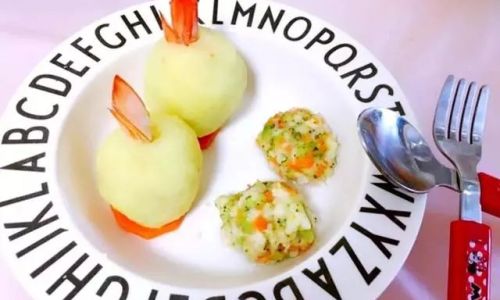
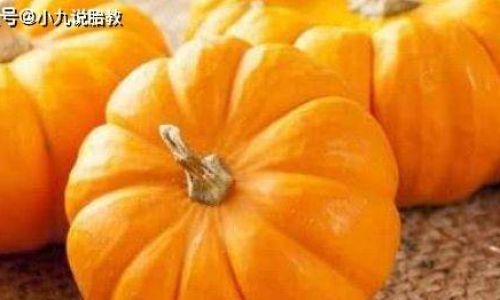

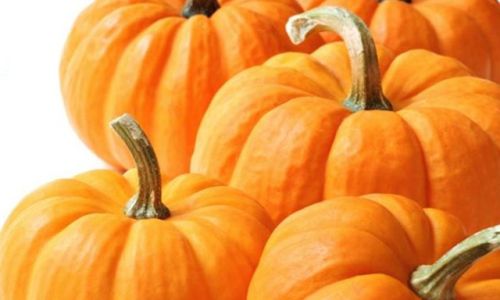
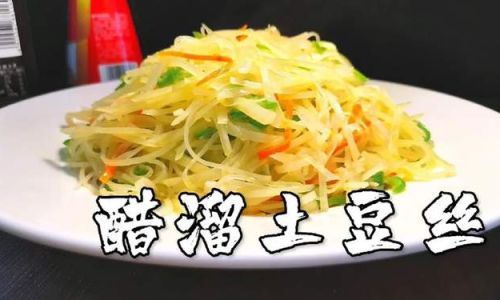
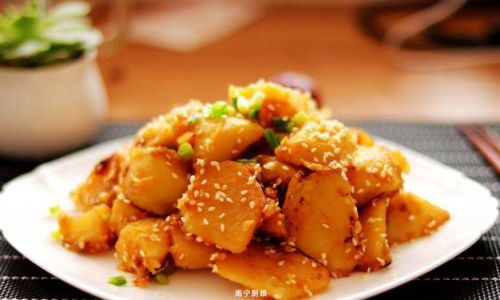
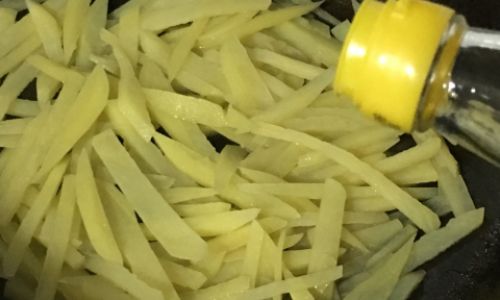
0 comments